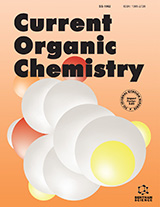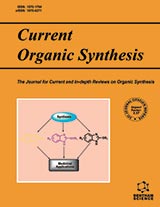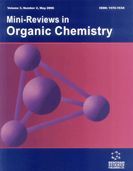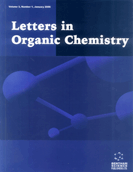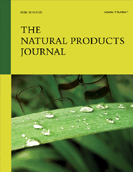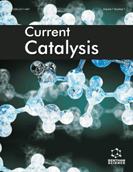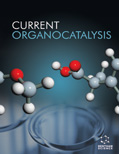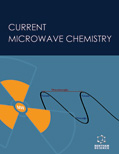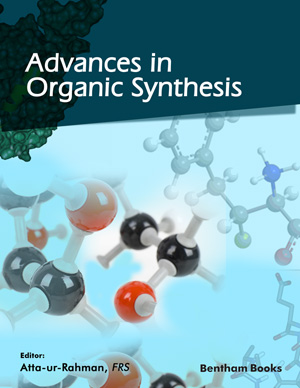Abstract
In the past decades, the advancement in system biology together with the expansion of analytical and biochemical techniques, pawed the way for investigating the complicated concept known as glycomics. The complexity and diversity of sugar chemical structures following the complex enzymatic biosynthesis, as well as all changes that take place in the glycome during growth, development and disease of the organism, have raised the interest in deciphering the glycan and glycoconjugate structure-to-function relationship and moreover, in profiling the glycome in view of potential disorder glycan biomarkers. The smallest modification within the normal degradation process of glycans causes a “domino effect”, hampering the subsequent degradation stages and finally, triggering specific disorders. This is also the case of the lysosomal storage disorders (LSDs), a heterogeneous group of inborn errors of metabolism caused by mutations in genes that encode mostly lysosomal hydrolases. The present paper summarizes relevant developments in the field of LSD investigation and diagnosis by employing various methodologies, such as fluorimetric assays and mass spectrometry (MS), with a particular emphasis on the detection and identification in a high throughput mode of various biomarkers in complex mixtures by high performance MS instruments, coupled with different microfluidic systems or with ion mobility spectrometry, the most proficient separation technique available nowadays. Monitoring biomarker expression in biological fluids is useful not just to measure the disease progression and to assess the most effective therapeutic regimens, but also to determine the susceptibility or recurrence degree of the disease.
Graphical Abstract


